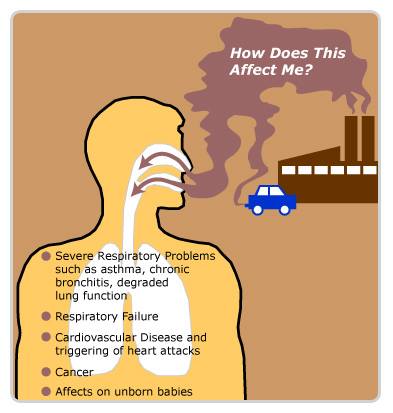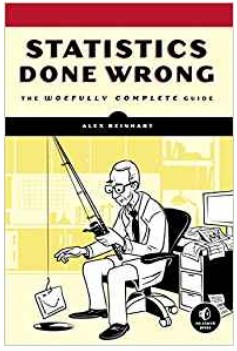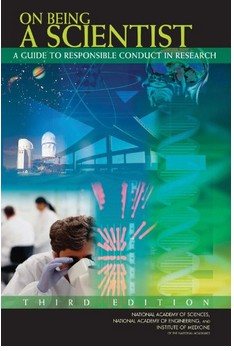A 2003 report on a survey among doctors (1) showed that most doctors, especially oncologists, would not choose chemotherapy for themselves or their families as an end-of-life option.
This chart from the report clearly shows how most doctors would turn down most major end-of-life medical interventions, which interventions they like the least when it comes to their own health, (although they would still press you to use them if they were your doctor).
So what does this mean for us? What conclusions can we draw from this survey?
- As Dr. Ken Murray, the Clinical Assistant Professor of Family Medicine at USC, wrote in 2011, “Of course, doctors don’t want to die; they want to live. But they know enough about modern medicine to know its limits. And they know enough about death to know what all people fear most: dying in pain, and dying alone. They’ve talked about this with their families. They want to be sure, when the time comes, that no heroic measures will happen–that they will never experience, during their last moments on earth, someone breaking their ribs in an attempt to resuscitate them with CPR (that’s what happens if CPR is done right) [3]
- When it comes to end-of-life care, you really do have a choice. If you know most doctors would not opt for a treatment, why would you? If you know that most doctors would turn it down, then it makes it easy for you to turn it down too when doctors and the hospitals start ramping up the pressure.
And it gives you one more reason to turn to “alternative” complementary medicine when it comes to terminal illness. Whether or not it can save you (and many people really are saved by “alternative” treatments after conventional treatments have failed) is not the only consideration.
As Jon Barron points out [3], even if you do die after opting for an “alternative” treatment, you tend to die without having suffered as much and feeling a whole lot better. Which of the following scenarios sounds less bad to you?
- – Chemotherapy for late stage cancer with virtually no chance of success that carries with it violent nausea, loss of hair, and loss of all taste for food…and then dying?
- – Cleaning out the toxins in your body. Eating natural fresh foods and using some supplements that boost your immune system or directly address your illness…and then dying.
- Under which scenario do you think you feel better when you die?
- Under which scenario do you think you get to enjoy more quality time with your family before you die?
- Under which scenario do you think you are more likely to die at home surrounded by family, rather than alone in a hospital room, surrounded by strangers in an unfriendly environment?
I wish you all a long time in great health before you need to make a decision about these matters.
Tags: end-of-life, doctors, medical-practices
sources:
(1) Gallo JJ, Straton JB, Klag MJ, Meoni LA, Sulmasy DP, Wang NY, Ford DE. “Life-sustaining treatments: what do physicians want and do they express their wishes to others?” J Am Geriatr Soc. 2003 Jul;51(7):961-9. http://www.readcube.com/
(2) Ken Murray. “How Doctors Die: It’s Not Like the Rest of Us, But It Should Be.” Zocalo Public Square. November 30, 2011. (Accessed 17 April 2014.) http://www.zocalopublicsquare.org/2011/11/30/how-doctors-die/ideas/nexus/
(3) Doctors Refuse Their Own Treatment – Dr Jon Barron
http://jonbarron.org/









